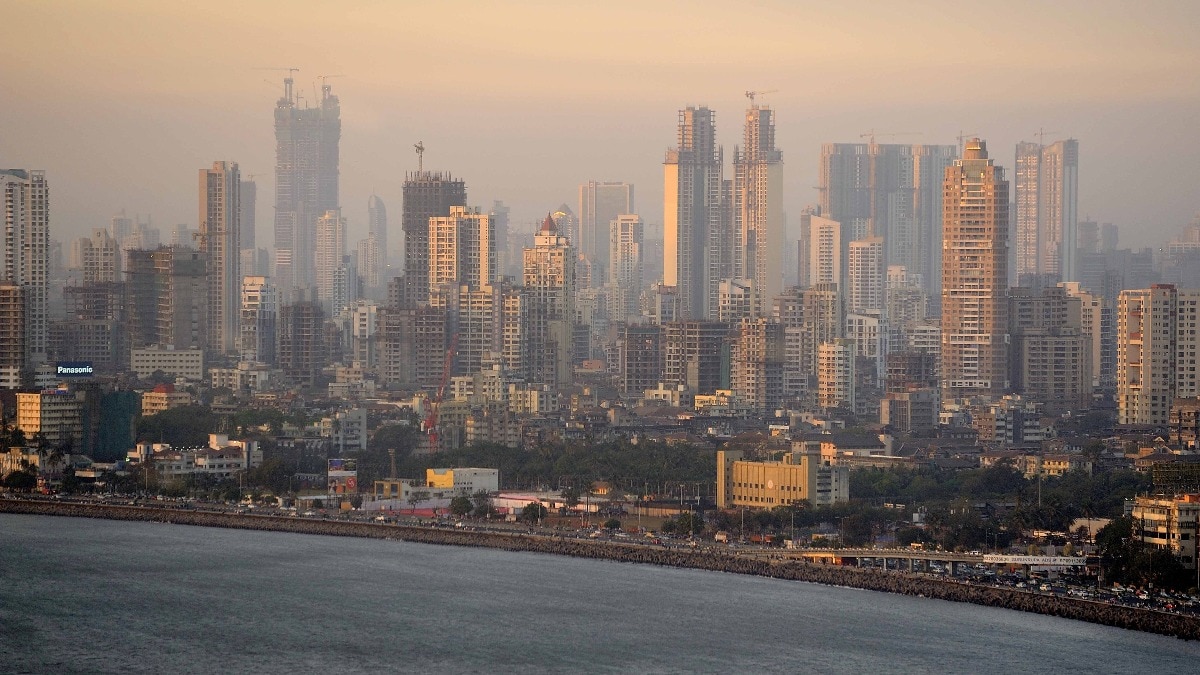Mumbai’s real estate prices are now at least 20% higher than Dubai’s, but Indian buyers remain undeterred. In a detailed breakdown, Akshat Shrivastava of Wisdom Hatch explained why Mumbai’s soaring property market defies global logic—and continues to attract buyers despite infrastructure challenges.
“Mumbai real estate keeps rising because Indians will buy at any price,” Shrivastava said, adding that India’s property market is deeply driven by sentiment and hyperlocal demand. “Even if Dubai offers more value, people here feel more comfortable investing in what they understand—Indian property.”
His remarks come at a time when the Indian real estate sector is experiencing a sharp post-COVID boom. According to the latest 1 Finance Housing Total Return Index (TRI), home prices in India’s top cities have surged by an average of 48%. The index, based on RERA-registered transaction data, highlights how the housing market has rebounded strongly since the pandemic.
Mumbai has emerged as India’s most expensive housing market, with average prices touching Rs 26,975 per square foot—a figure that significantly outpaces not just other Indian cities but also international hubs like Dubai.
Despite the city’s chronic infrastructure woes, property prices continue to climb. Shrivastava attributes this to a mix of cultural psychology and informal financial practices. “Yes, black money etc. is there—that adds to the comfort level of the buyers, since they get to use that black money,” he said. “There are simply too many buyers willing to purchase at whatever price.”
He noted that while property markets like Dubai are transparent and attract global buyers, Mumbai’s housing market thrives on local demand and deeply rooted trust. “An Indian is most likely to own a property in India. Real estate is hyperlocal.”
But this hyperlocality fades when it comes to equities.
“Unlike real estate, equity capital is not caged by geography,” Shrivastava said. Indian investors, he pointed out, are increasingly open to global markets. Mutual funds like PPFAS once had over 30% exposure to US stocks, reflecting the appetite for international opportunities.
Post-2020, the equity boom saw rising financial literacy, record Demat account openings, and a surge in SIP inflows. “People started wondering—why even look at real estate? Let’s just stick to stocks and mutual funds.”
Now, these same investors are comparing Indian equities to global ones. With the US market delivering stronger returns over the last decade, the sentiment is shifting. “Fundamentally too, we are not going to be major players in AI, semiconductors, or robotics. It makes sense to place long-term bets in the US.”
This shift, however, is prompting Indian regulators to intervene. Measures like TCS on overseas investments, LRS limits, and curbs on mutual fund exposure abroad aim to keep capital within India. “All this is just a way to make equities hyperlocal—just like real estate,” Shrivastava said.
He closed with a stark warning: “India is a market where we pay a high price for baseline quality—be it food, education, or now even equities.”
